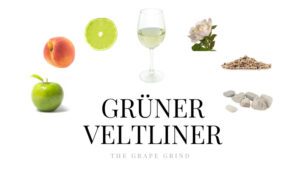
Grüner Veltliner
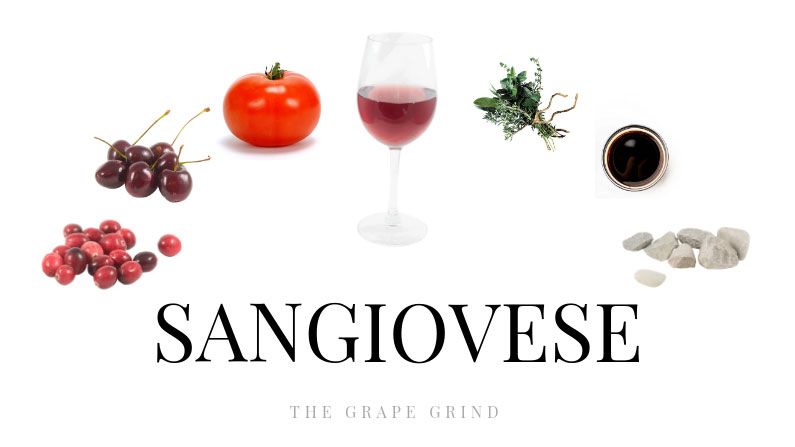
Have you had a good Chianti lately? If so, you have tasted the delicious variety known as Sangiovese! Sangiovese is Tuscany’s most important red grape. It’s used in Chianti, Chianti Classico, and ‘The King’ of Tuscan wine: Brunello di Montalcino!
The following guide will illustrate what Sangiovese tastes like (aroma, flavor, and structure). It will also tell you where it’s from, provide you with common food recommendations, similar varieties, and let you know why you should be drinking more of it!
Sangiovese has a lot of earthy (dirt/leaves) and mineral quality in aromas and flavors.
Sangiovese has great acidity. Acid is generally the wines most pronounced structural component! Along with acidity, Sangiovese wines can have bright red fruit and tangy tomato flavors.
Because of the high acidity, Sangiovese is a great wine to pair with many different styles of food!
STANDARD TASTING NOTES: These are your benchmark exam-style tasting notes.
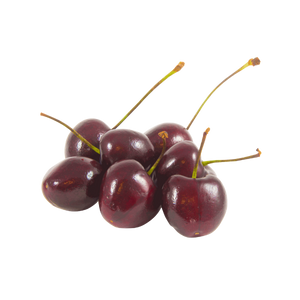
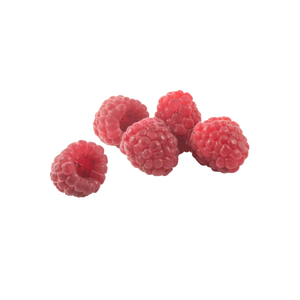
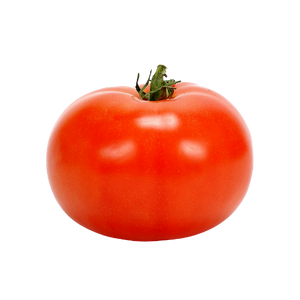
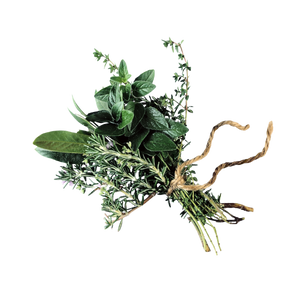
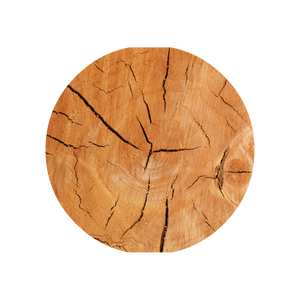
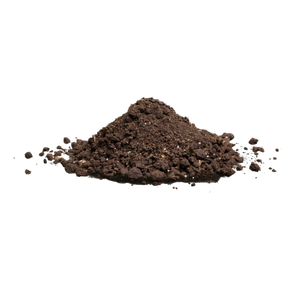
ALTERNATIVE TASTING NOTES: Notes based on personal experience; fun, memorable, and less “by the book.”
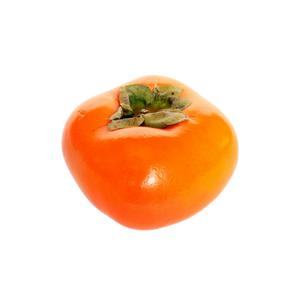
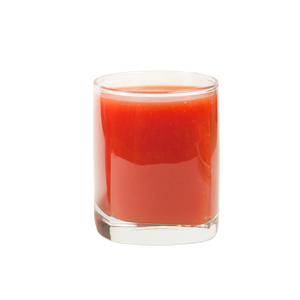
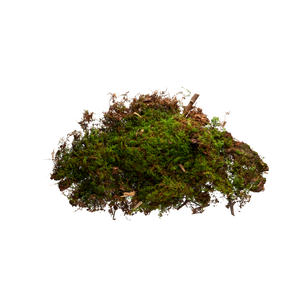
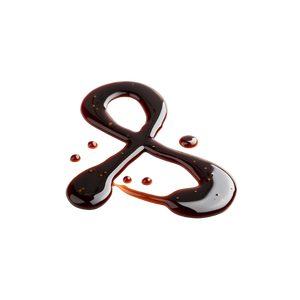
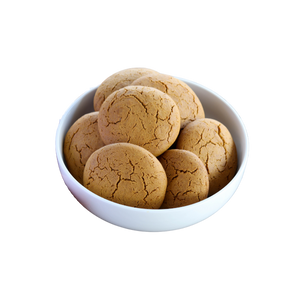
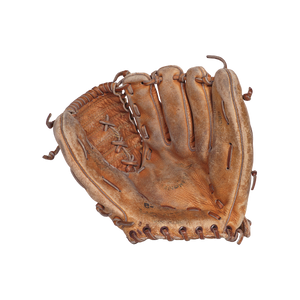
Remember, wine tastes are somewhat relative. There may be some different tasting notes you consistently find while drinking Sangiovese.
There is no “one size fits all” when it comes to structure for every grape, however, there IS a general range when it comes to body, acid, alcohol, and tannin for each. Below are general guidelines for classic representations. Growing conditions and winemaking techniques can impact each of the following.
Think of that weight as a liquid scale, from water (light body) to heavy cream (full body) in your mouth. Sangiovese ranges between medium and full. Brunello will usually have more body than Chianti.

You can judge acidity based on whether your mouth waters after you take a sip of something. The more you salivate, the higher the acid. Sangiovese is known for having elevated acidity.

You can feel alcohol ‘burn’ the back of your throat when you take a sip. Sangiovese generally ranges from medium to high. Brunello is typically higher in alcohol.

Tannin contributes to the dryness of a wine. It comes from the skin of the grapes during the winemaking process. You can tell a wine has high tannin if it dries out your tongue. It imparts almost a bitter flavor. Sangiovese ranges from medium plus to high tannin. The acidity in Sangiovese will almost always be more pronounced than the tannin.


Primarily in: Tuscany
Sangiovese makes up 66% of the wine in Tuscany (that’s a lot)! You will find the grape all over, but the main areas of production are:
CHIANTI DOCG: The biggest (general) area and most basic in style. Wines must include 70-75% Sangiovese and other red blending varietals include Cabernet Sauvignon, Merlot, Colorino, Canaiolo, and Syrah. A few white varietals are also permitted in the blend.
CHIANTI CLASSICO DOCG: A smaller DOCG within Chianti. These wines must include at least 80% Sangiovese. They can include the same red blending varietals as Chianti, but NO WHITE varietals are permitted. This area is known for its Galestro soil (marl). Wines can also be aged in barriques, so they can show more coffee, chocolate, and spice aromas/flavors and tend to have a little more complexity.
BRUNELLO DI MONTALCINO DOCG: Brunello wines must be 100% Sangiovese, so they give a pure expression of the grape. It is considered “the King” of Sangiovese wines, and rightfully so. It is usually very powerful in both body, alcohol, and tannin, compared to many Chianti wines. These wines are also generally more brown and orange in color. They are built for aging!
You can also find Sangiovese in smaller quantities from the USA (California), Argentina, and France (Corsica).
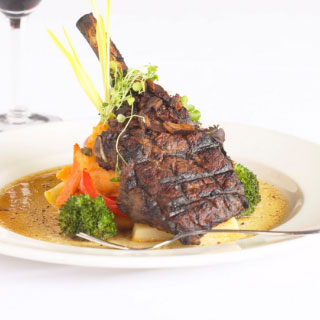
Sangiovese is medium to full-bodied and has enough tannin to stand up to gamey meats. There is often a “gamey” quality to Sangiovese wines, which complement the flavors of this dish. The earthy and herbal elements are also a plus!
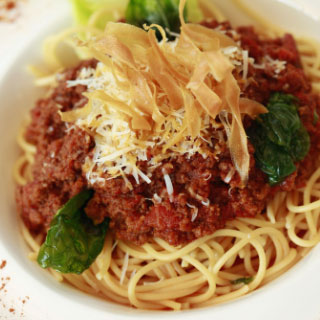
The high acidy and tomato flavors in Sangiovese wines are a beautiful combination with red sauce pasta dishes. Pasta is typical Tuscan cuisine, so it’s only natural that this pairing works!
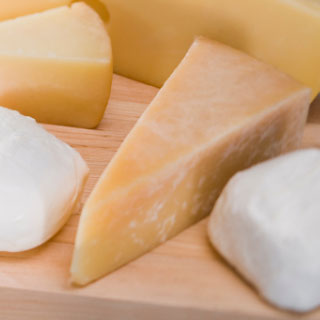
Tuscany is also known for hard cheeses. (Pecorino being a major one.) Sangiovese has good acidity and fruity flavors that cut through the richness of most hard cheeses.
Other Pairings: Pizza, Sausage, Roasted Meats, Roasted or Grilled Veggies, Cured Meats, and Lasagna
(common confusions)
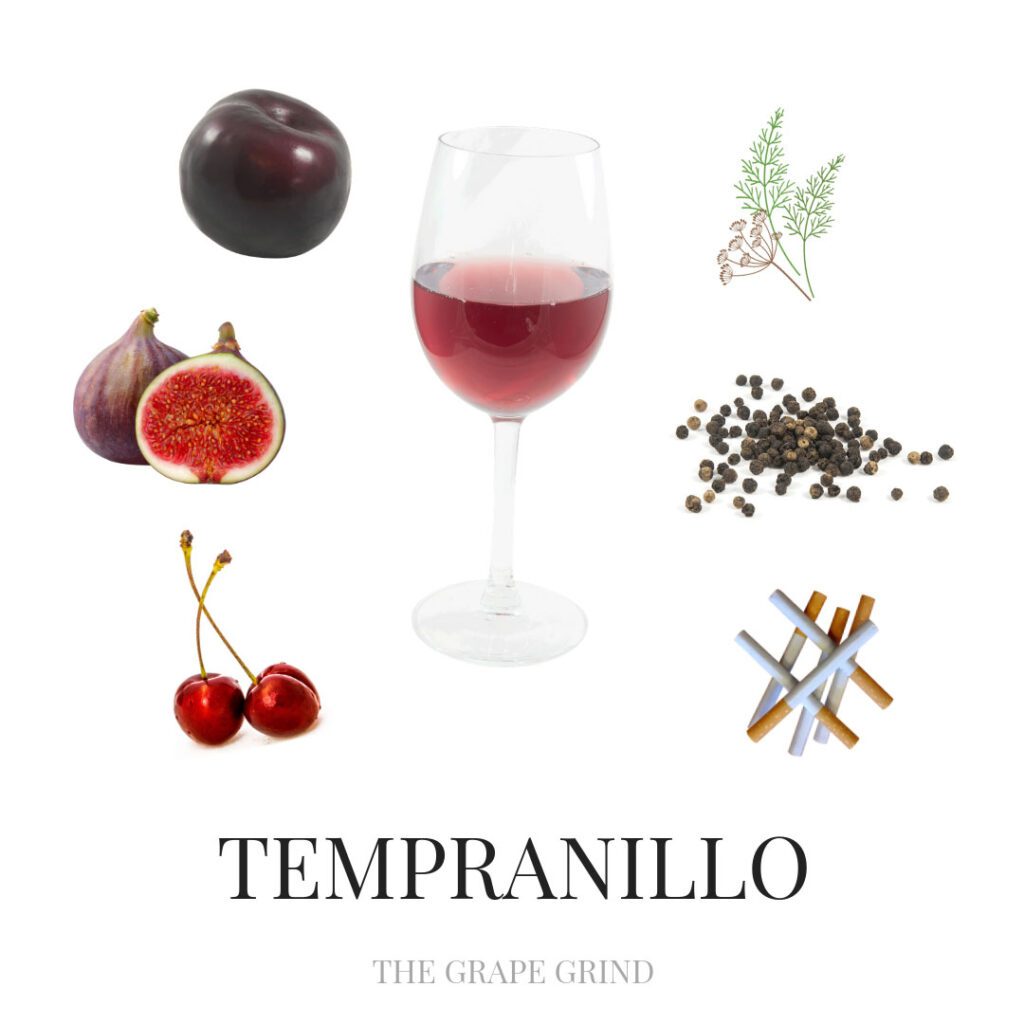
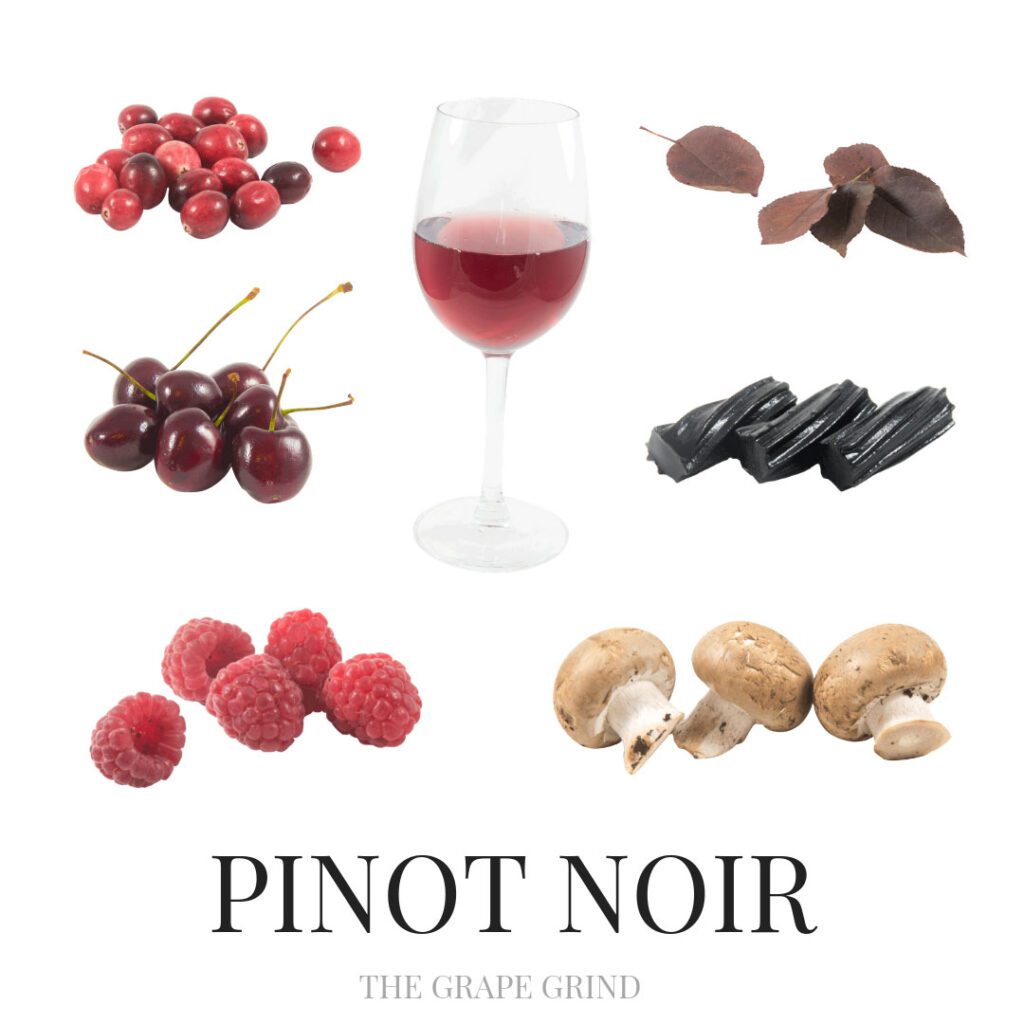
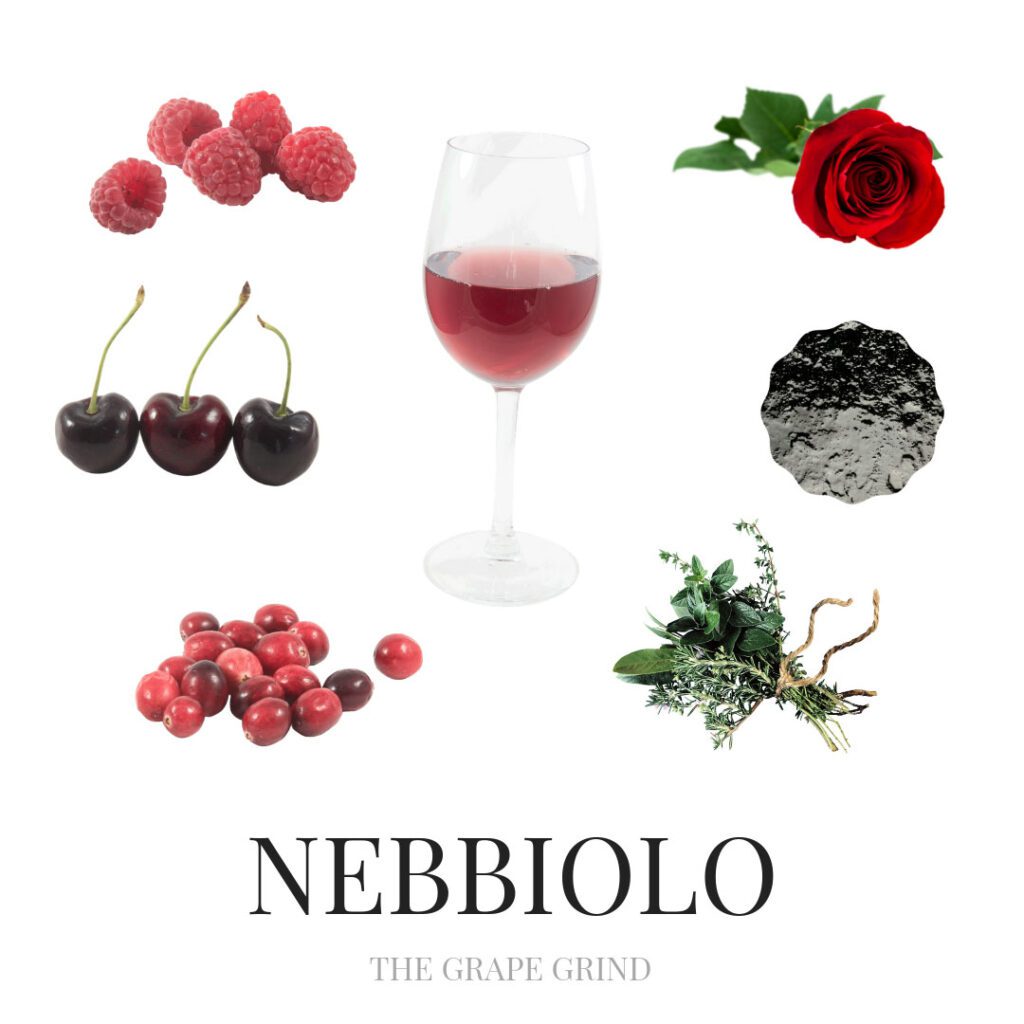
↑ Wine.com is an affiliate partner. We earn a small referral commission at no extra cost to you!. I will never recommend anything that isn’t valuable or useful in my wine study journey, or something I have no experience with. I hope these products/resources are equally helpful in your wine journey.
No matter your current skill level, we can help you improve – pass that exam, share your wine knowledge with others, guide your buyers, enhance your guests’ experience, and show up with confidence and credibility as a wine professional!
Feeling overwhelmed by everything there is to study in wine?
Struggling to stay consistent with tasting, or make it feel purposeful?
Craving connection with others who get what you’re working toward?
Let’s make studying wine less overwhelming, more consistent, and fully enjoyable!
Enter your email below to join our wine newsletter, where we share expert tips, study tools, tasting insights, and updates to support you on your wine journey!
By submitting, you are consenting to receive marketing emails from The Grape Grind. You can unsubscribe at any time.
Want to get better at tasting wine?